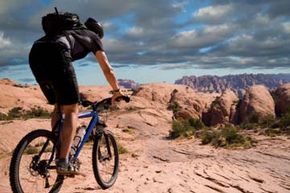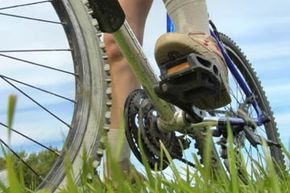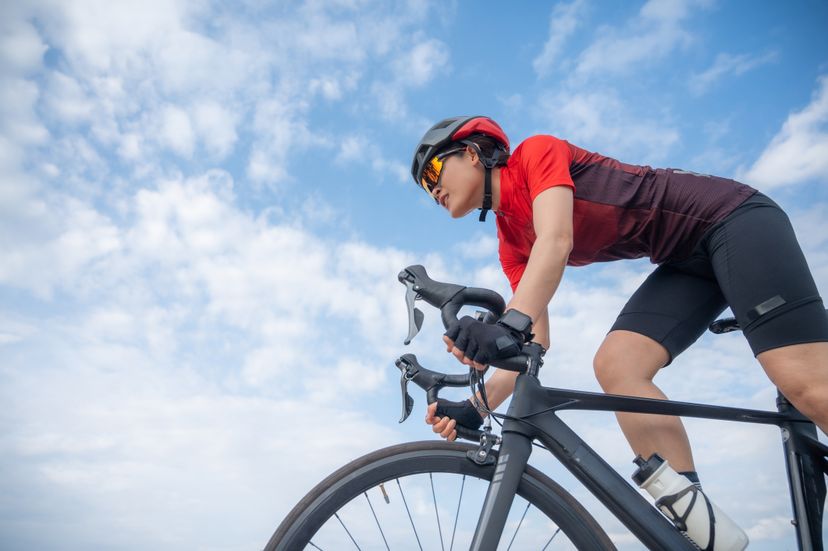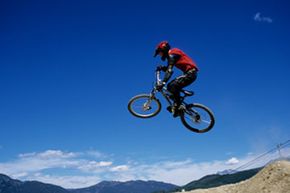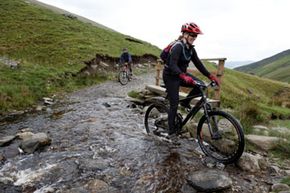There's something about grabbing a mountain bike and heading out onto the trail. Maybe it's the feel of bouncing along rough terrain, or the thrill of climbing steep hills and edging sharply around tight turns. Whatever the reasons, an estimated 50 million Americans love riding their mountain bikes [source: NEMBA].
You don't have to be a pro to get into mountain biking, but you can't just jump onto a bike and into the sport immediately, either. Mountain biking requires a combination of strength, endurance and skill. To get that combination right, you need to train, and how hard you train depends on how serious you are about the sport. Weekend riders might need little more than the right gear, some practice and a good warm-up, but those who want to be mountain biking pros might need to spend months -- or even years -- perfecting their tricks and techniques.
Advertisement
In this article, you'll learn some helpful tips on how to gear up, build your endurance and stay safe while mountain biking.
